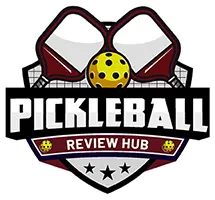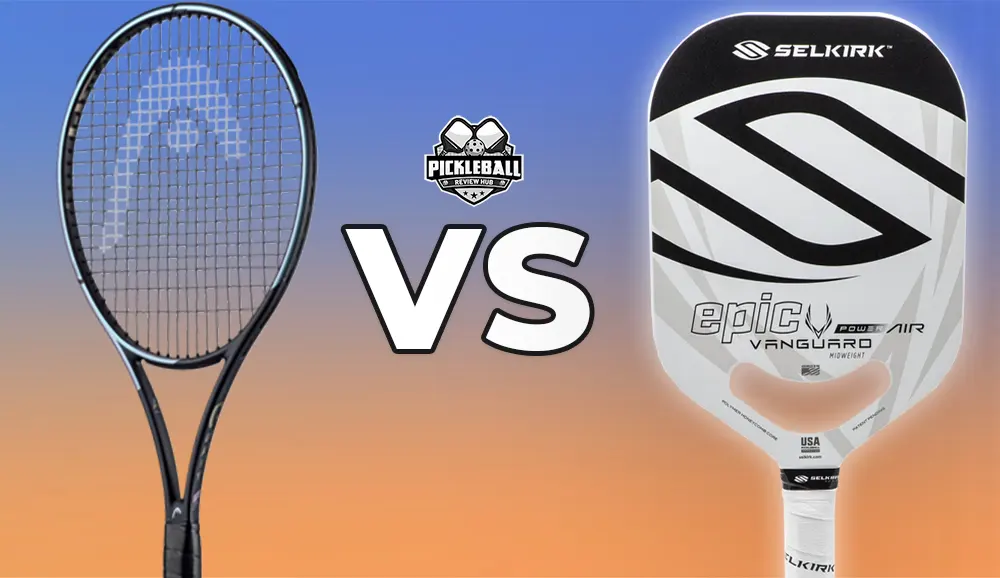Pickleball vs. Tennis: A Comprehensive Comparison of Two Popular Racquet Sports
When it comes to racquet sports, pickleball and tennis often find themselves in the spotlight. Both sports offer a unique blend of physicality, skill, and strategic gameplay that captivates players of all ages. In this comprehensive comparison, we will delve into the similarities and differences between pickleball and tennis, exploring various aspects such as court dimensions, equipment, gameplay dynamics, and the overall experience each sport offers.
Whether you’re a seasoned player looking to try something new or a beginner trying to decide which sport to pursue, this guide will help you understand the key characteristics and distinctions of pickleball and tennis.
Court Dimensions and Equipment
One of the primary distinctions between pickleball and tennis lies in the court dimensions. A pickleball court measures 20 feet wide and 44 feet long, significantly smaller than a standard tennis court, which spans 27 feet wide and 78 feet long for singles matches. The reduced size of the pickleball court allows for faster-paced gameplay and closer interaction between players.
In terms of equipment, both sports require the use of a racquet. In tennis, players use a larger racquet with a longer handle, while pickleball utilizes a paddle with a shorter handle and a solid face made of materials such as wood, composite, or graphite. The ball used in pickleball is perforated plastic, whereas tennis employs a pressurized felt-covered ball.
Gameplay Dynamics
Pickleball and tennis differ significantly in terms of gameplay dynamics. In tennis, the serve is a crucial aspect of the game, with players aiming to start each point with a powerful and well-placed shot. The server must hit the ball over the net and into the diagonally opposite service box. The opponent then returns the ball, and the rally continues until a point is scored.
In pickleball, the serve is also critical, but the serving technique and rules differ. The serve must be hit underhand, and the server must hit the ball below the waist level. Additionally, the ball must land in the opposite diagonal service court. Once the serve is made, the receiving team must let the ball bounce once before hitting it. After the initial bounce, both teams can choose to volley the ball or let it bounce before hitting. This unique “double bounce rule” adds a strategic element to pickleball, emphasizing quick reflexes and precision shots.
Another key distinction is the non-volley zone, commonly referred to as the kitchen. In pickleball, the kitchen is a seven-foot area on both sides of the net where players are not allowed to hit volleys unless the ball has bounced first. This rule promotes controlled shots, dinking, and strategic placement, creating a unique dynamic that encourages skillful finesse near the net.
Scoring and Duration
Scoring systems in pickleball and tennis also differ. In tennis, games are typically scored using a traditional format (0, 15, 30, 40), and players must win by a margin of two points. Matches consist of sets, and the overall winner is determined by the best of three or five sets.
Pickleball uses a rally scoring system, meaning points can be scored by both the serving and receiving teams. Games are typically played to 11 or 15 points, and a two-point lead is required to win. Matches can be played as a single game or as a best-of-three or best-of-five games, depending on the format chosen.
Regarding duration, tennis matches can vary in length depending on the level of play and the number of sets played. Matches can range from a couple of hours to several hours for professional matches. On the other hand, pickleball games are generally shorter due to the smaller court size and the rally scoring system. A typical pickleball game can last anywhere from 15 minutes to 45 minutes, making it a faster-paced sport that allows for multiple games to be played in a shorter time frame.
Summing Up
While pickleball and tennis share similarities as racquet sports, each offers a unique experience and gameplay style. Pickleball’s smaller court size, slower-paced serves, emphasis on control, and strategic net play make it an attractive option for players seeking a more accessible and social game. On the other hand, tennis’s larger court, faster serves, and longer rallies cater to those looking for a more physically demanding and traditional racquet sport experience.
Ultimately, the choice between pickleball and tennis depends on personal preferences, physical abilities, and the desired level of competition. Both sports provide numerous health benefits, opportunities for social interaction, and enjoyable gameplay experiences. Whether you’re drawn to the finesse and precise shots of pickleball or the athleticism and endurance required in tennis, both sports offer a rewarding and engaging way to stay active and have fun on the court. So, grab your paddle or racquet and discover the joy of pickleball or tennis, and let the games begin!


Leave a Reply